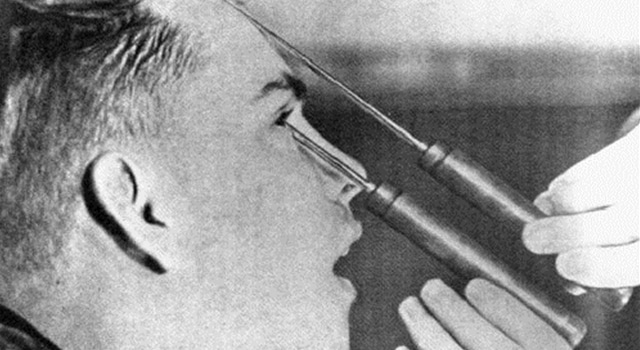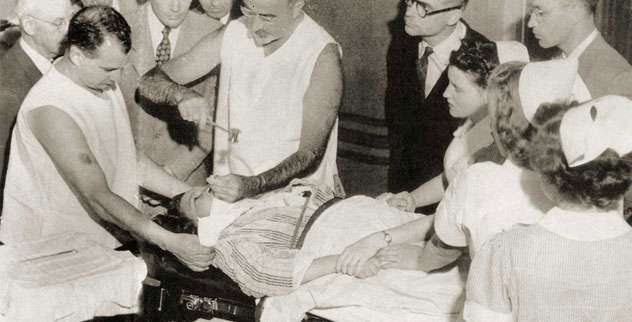Asylum physicians’ exaggerated claims of curing ‘lunacy’ by moral treatment backfired. Expensive but inflexible buildings became overcrowded, and by 1890 the majority of patients left only in coffins. Old techniques returned - straitjackets, seclusion and sedative drugs such as bromides were used on unruly patient
In the first half of the 1900s asylums (or ‘mental hospitals’) became testing grounds for controversial treatments such as electroconvulsive therapy (ECT) and lobotomy. These methods helped some patients function again, but they irreparably harmed others. Such therapies became widely used because doctors and nurses wanted to offer patients cutting-edge treatment. ECT and lobotomy, however, reinforced an old and persistent image of asylums as intimidating places of last resort.
Many mental hospitals closed in the 1970s and 1980s. This was due to pressure from the antipsychiatry movement, feminist criticism, ex-patient activism and political suspicion of large, unaccountable institutions. Other mental hospitals were converted to ‘short-stay’ treatment centres - a policy enabled by new psychiatric drugs. In the UK this was called ‘care in the community’.
Many patients were left homeless. Others, especially people with profound intellectual disability or brain damage, remain institutionalized in ‘care homes’ their entire lives. Such patients and ex-patients depend on loved ones or charity to weather political and economic changes. People without such shelter are often forgotten. This distantly echoes the situation of people called ‘mad’ in the Middle Ages.
Not only is this what I found out but I had a small idea about due to my past studies. In my AS Psychology we studied mental health and looked at ECT in great detail. In my studies I was very interested and explore this is a little more detail. I want to link a aspect of the older treatments of mental health as it adds to the scary element of my project.





No comments:
Post a Comment